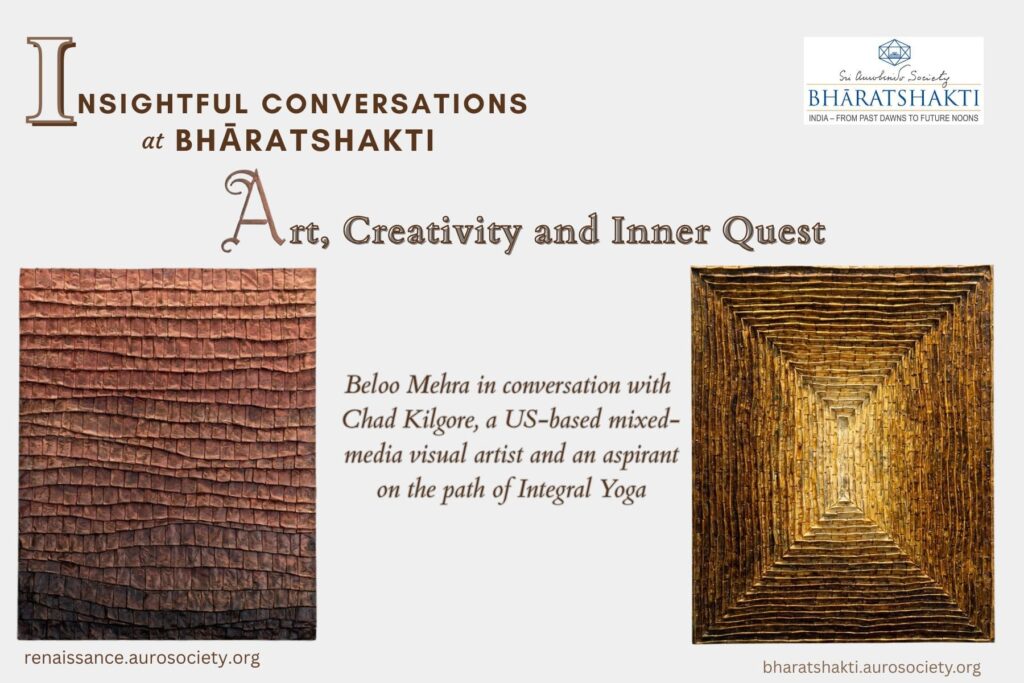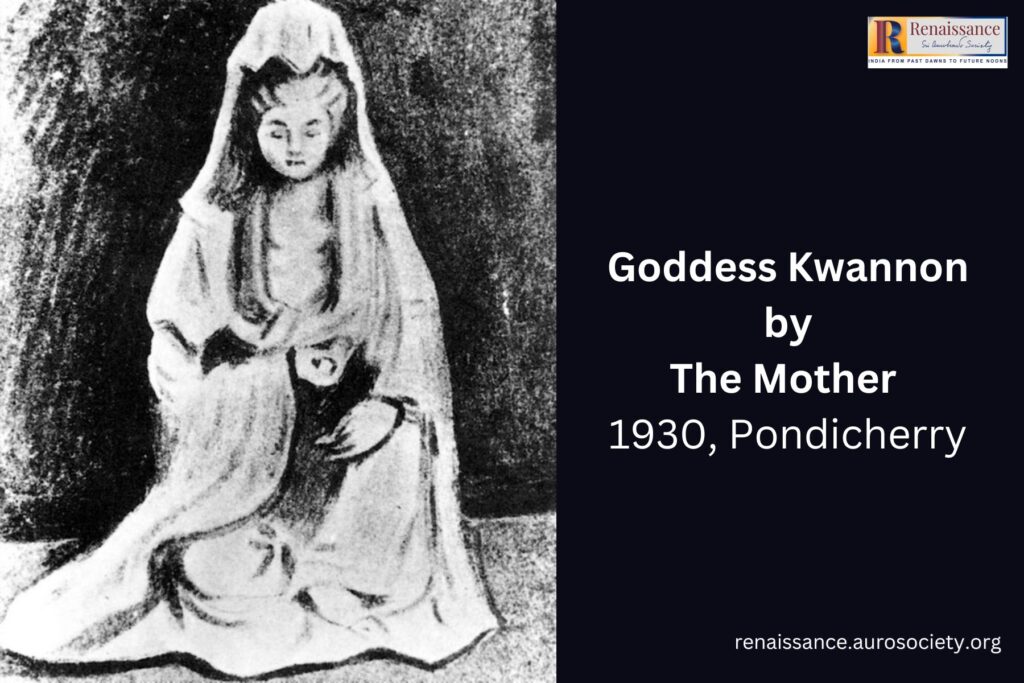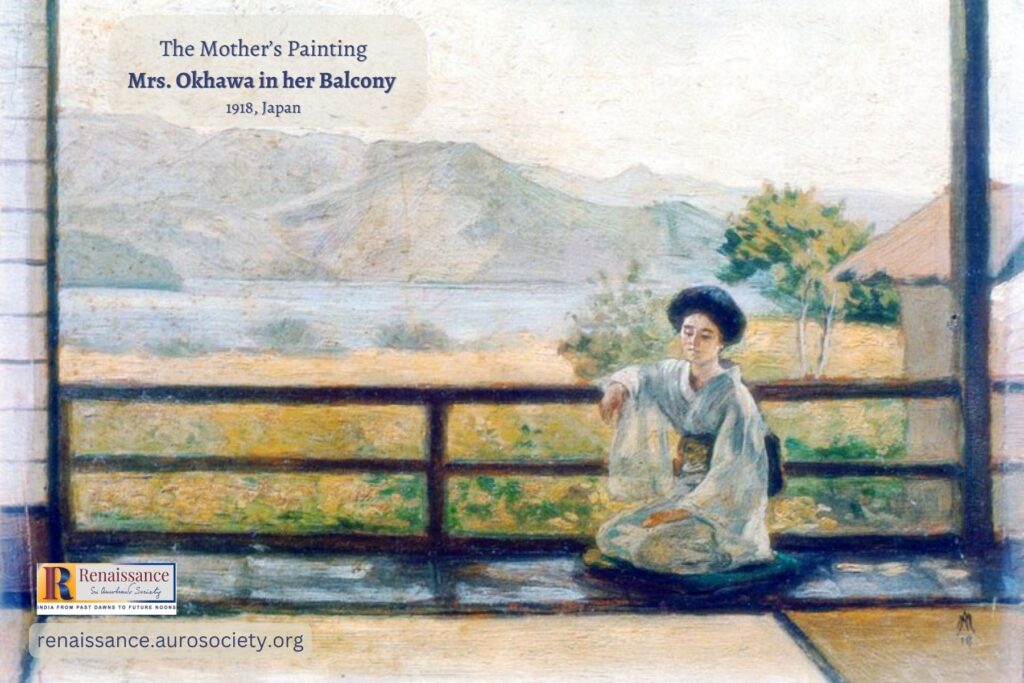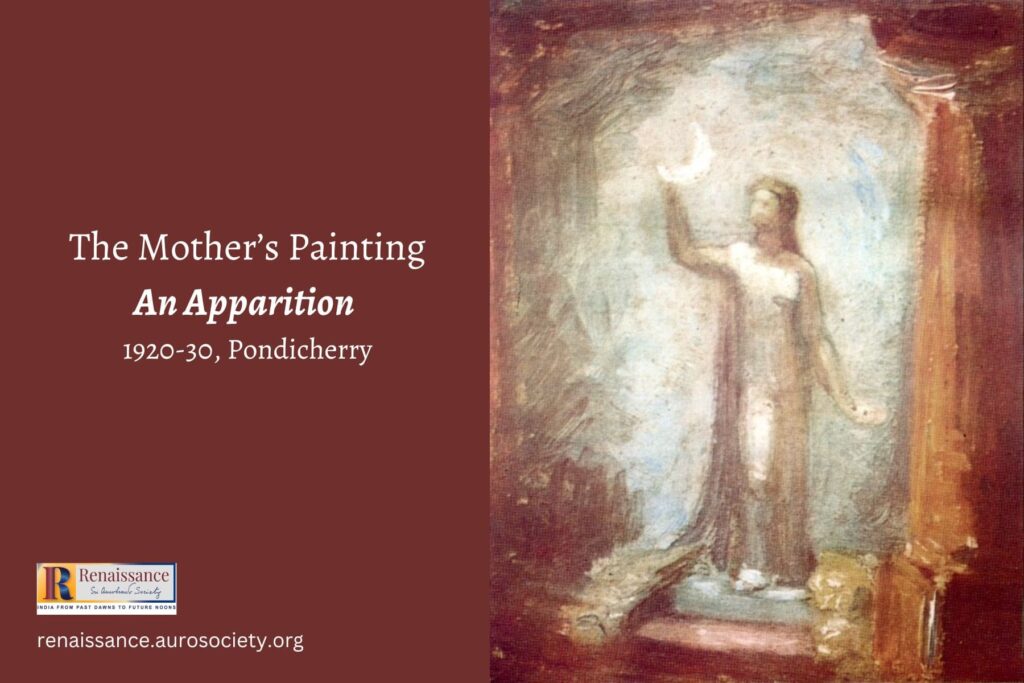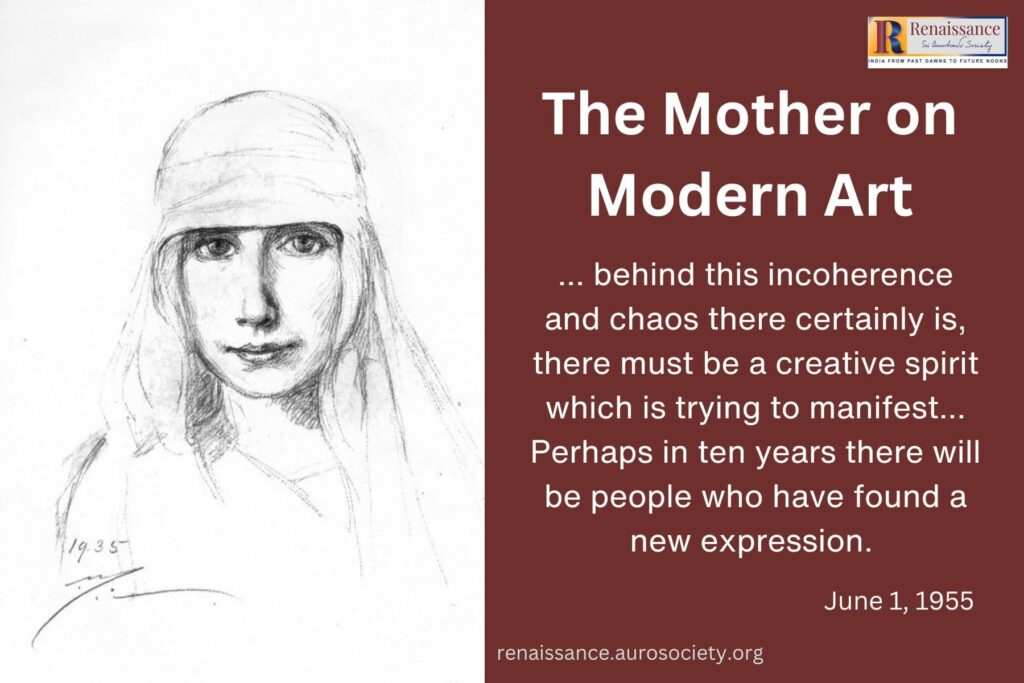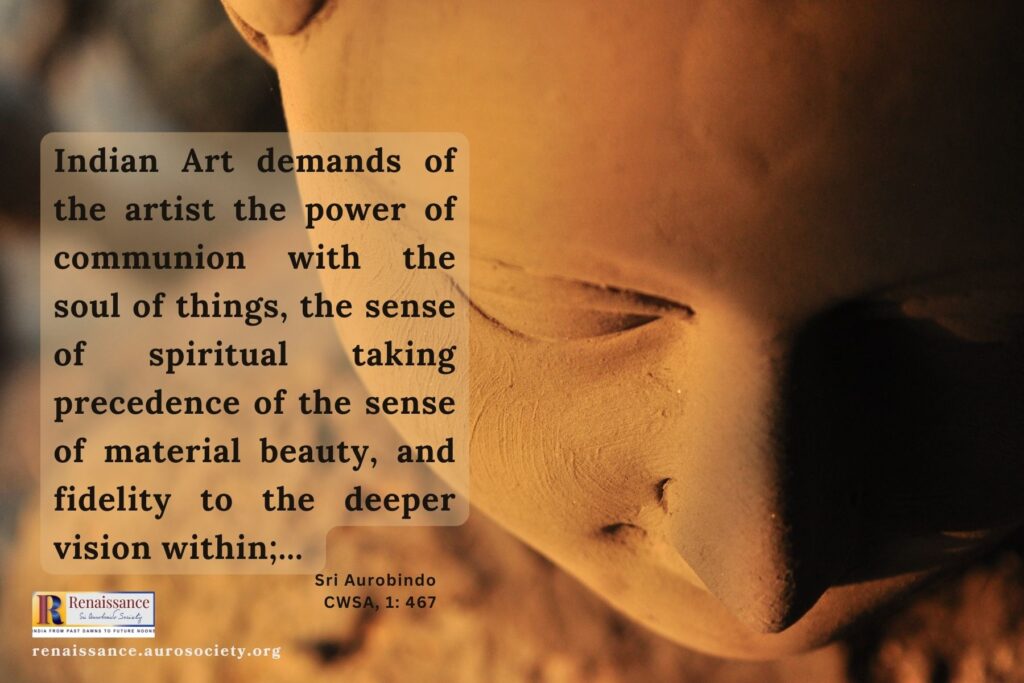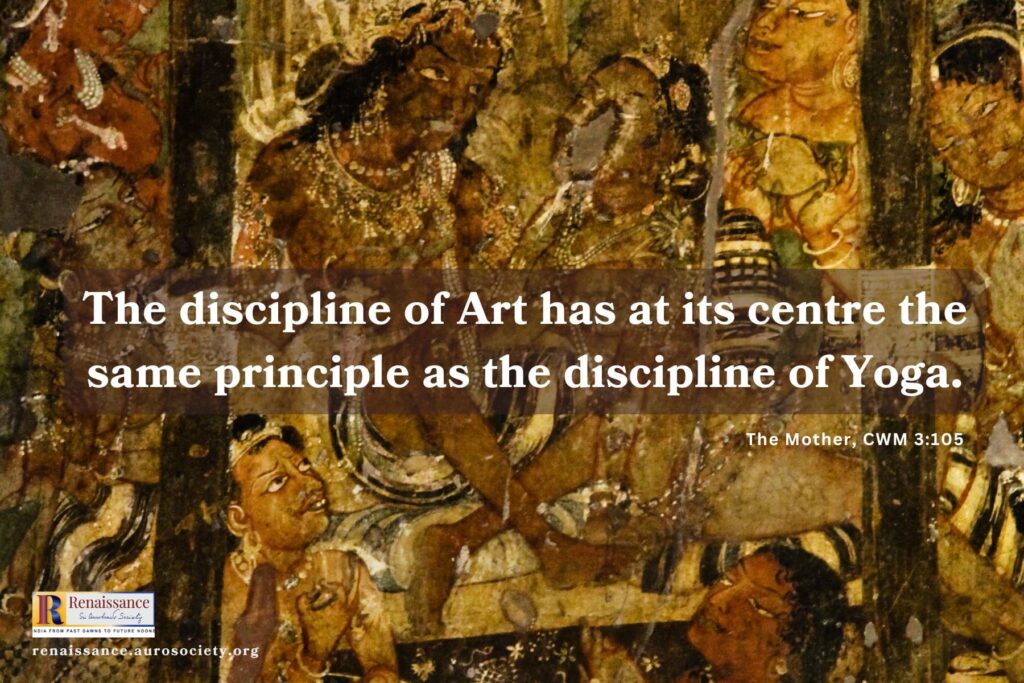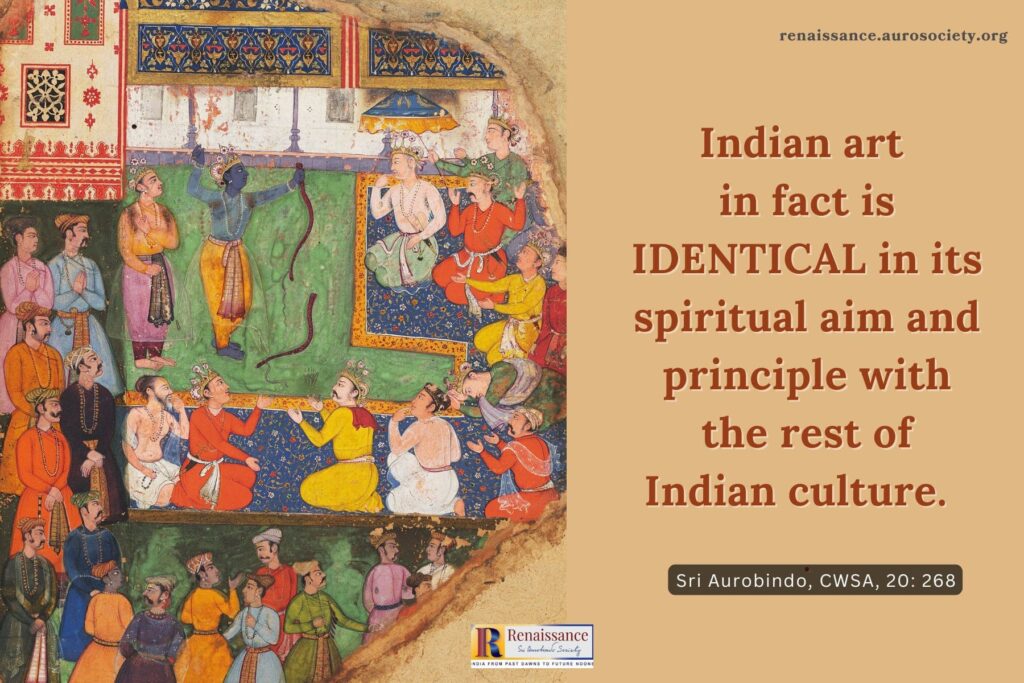A Conversation on Art, Creativity and Inner Quest (Video)
We speak with Chad Kilgore, a US-based visual artist, on his journey as an artist, his spiritual quest, and the relation between his art and his inner journey.
A Conversation on Art, Creativity and Inner Quest (Video) Read More »

